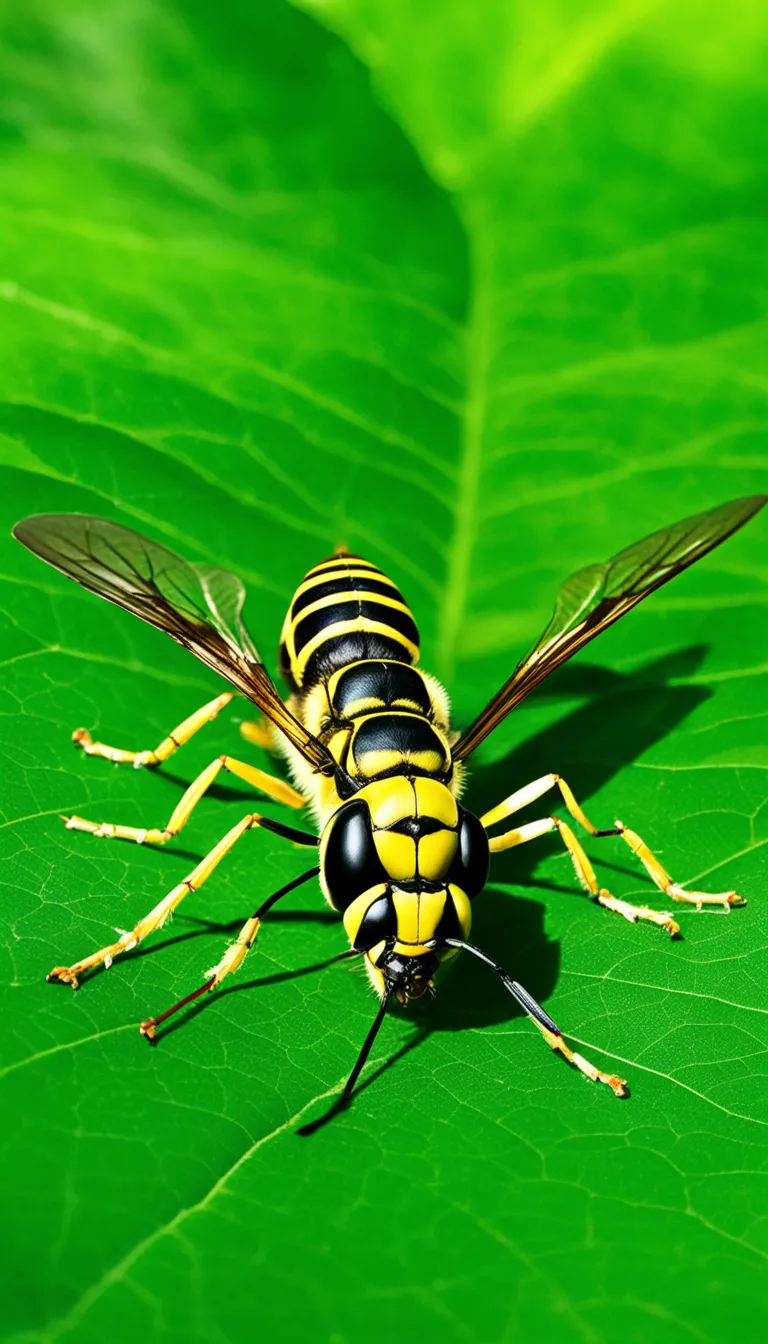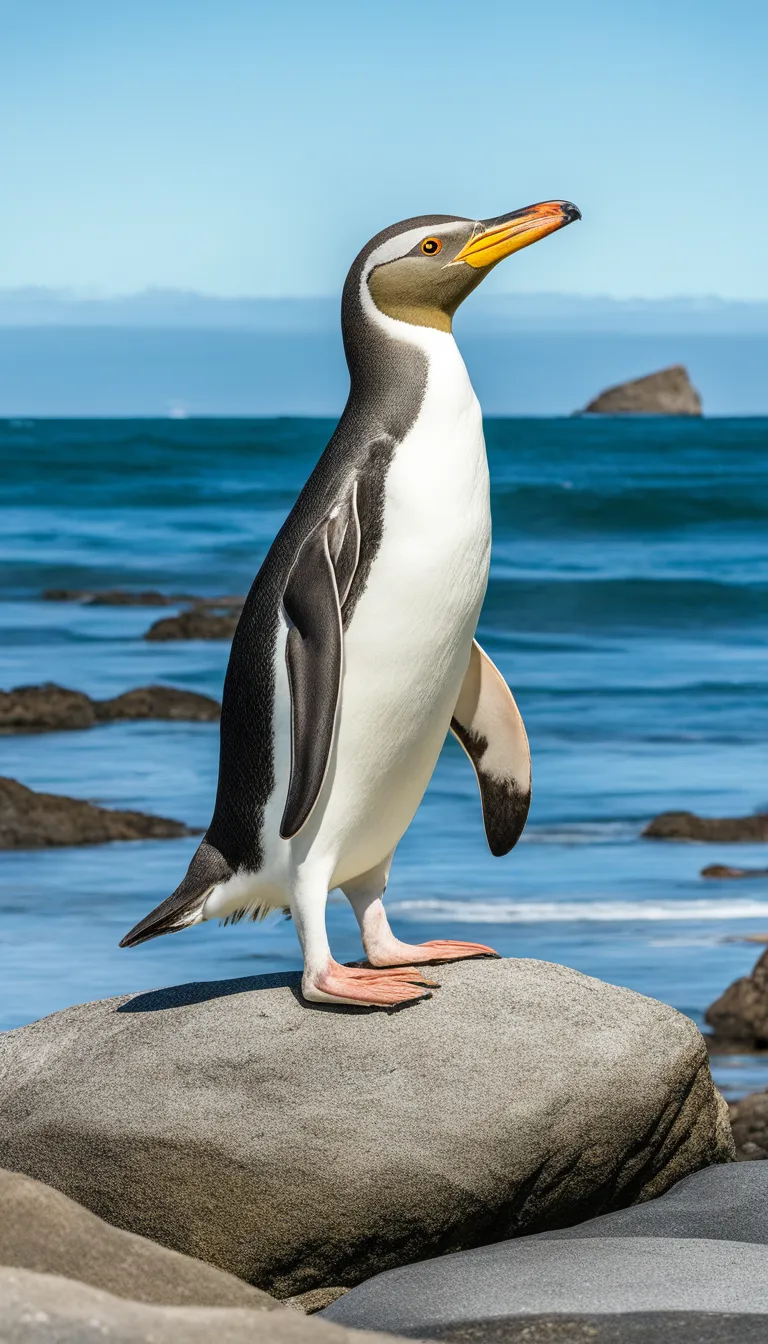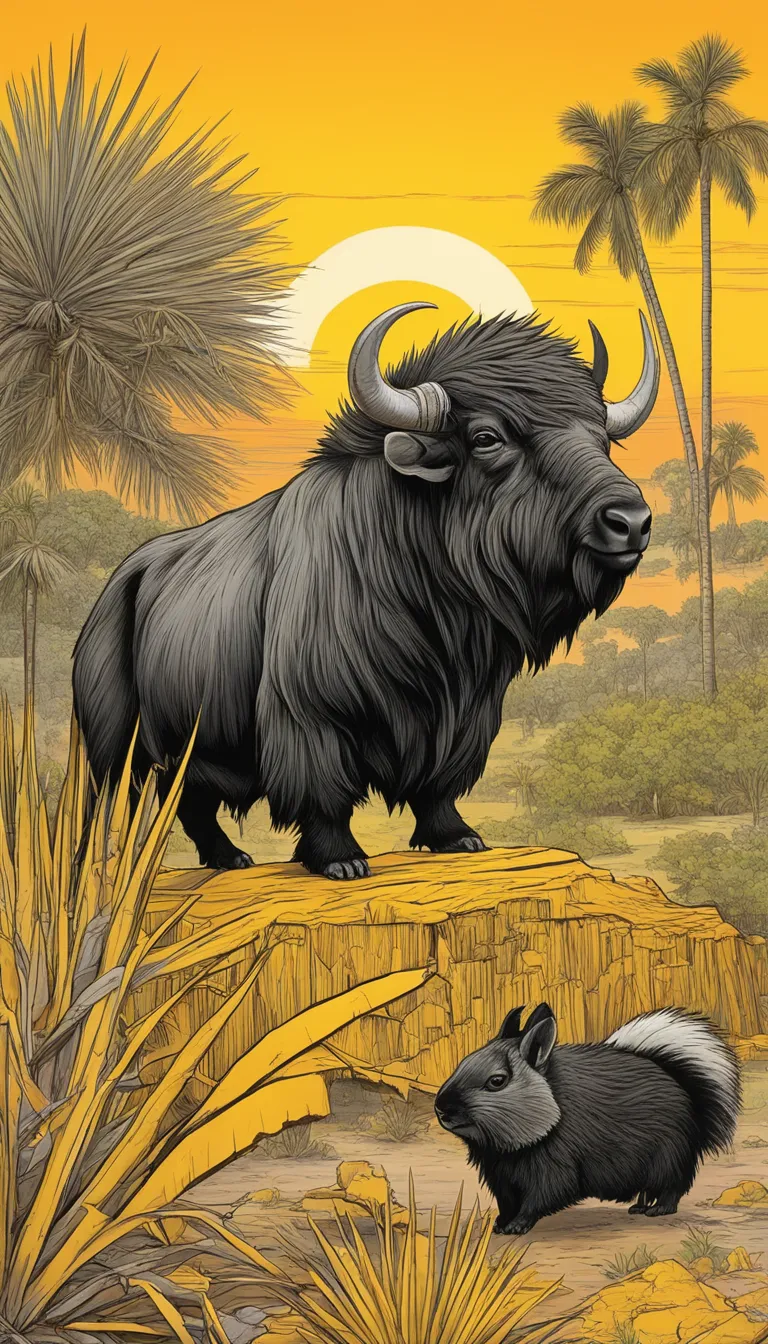Discover fascinating creatures from around the globe whose names begin with the letter ‘Y’, from the common to the exotic. Have you ever wondered which animals have names that start with the unusual letter ‘Y’? Let’s dive into the animal kingdom and uncover some of these intriguing species.
- Yak
- Yellowjacket
- Yellowfin Tuna
- Yellow-Eyed Penguin
- Yabby
- Yucatan Squirrel
- Yellow-Bellied Sapsucker
- Yellowhammer
- Yuma Myotis
- Yellow-Throated Marten
These Y-named animals range from the well-known Yaks of the Central Asian highlands to the elusive Yellow-Throated Martens of the forest canopies. Each one of these creatures plays a vital role in their respective ecosystems, and many have unique adaptations that allow them to thrive in their environments. So, the next time you’re playing a round of animal alphabet games, remember these ‘Y’ animals for a surefire win!
Yak: The High-Altitude Bovine
Discover fascinating creatures from around the globe whose names begin with the letter ‘Y’, from the common to the exotic. Have you ever wondered about the surprising diversity of animals whose names start with this often overlooked letter? Prepare for an explosive journey into the animal kingdom that will leave you with a newfound appreciation for these unique species.
When you think of animals that start with ‘Y’, the Yak surely stands out. These robust creatures are the epitome of survival, braving the harsh conditions of Central Asia’s elevated terrains. Have you ever imagined what it’s like to live where the air is thin and the cold bites at your skin? Yaks have not just imagined it; they’ve mastered it. With their thick fur and large lung capacity, they’re the highlanders of the animal world.
- Domestic Yak (Bos grunniens)
- Wild Yak (Bos mutus)
But it’s not just their sturdy physique that’s impressive. Yaks play a crucial role in the lives of local communities. They’re multi-purpose animals—providers of milk, meat, wool, and even transportation. Picture this: a caravan of yaks, silhouetted against the vast mountainous horizon, a sight as timeless as the mountains themselves.

Yellowjacket: The Bold Stinging Insect
Yellowjackets, the name alone strikes a chord of caution and respect. These bold insects, with their iconic yellow and black striped bodies, are more than just a nuisance at picnics. They are a force to be reckoned with, known for their aggressive behavior and potent stings. Have you ever encountered one? If so, you know to give them space!
But what makes these creatures so fascinating? For starters, they’re incredibly social insects, living in colonies that can number in the thousands. Their complex societal structure is built around a queen, and their nests are marvels of natural architecture. And let’s not forget their role in the ecosystem as predators of other insects and as pollinators.
However, it’s their defensive nature that often brings them to our attention. A yellowjacket colony will vigorously defend its nest, resulting in those infamous stings that can really pack a punch. It’s no wonder they’ve earned a reputation as one of the more explosive personalities in the insect world.
Here’s a quick rundown of the key points about Yellowjackets:
- Appearance: Distinctive yellow and black stripes
- Habitat: Versatile, found in various environments
- Behavior: Aggressive, especially when threatened
- Diet: Omnivorous, feeding on insects and human food
- Impact: Both beneficial and hazardous to humans
So, next time you spot that unmistakable buzz and flash of yellow, take a moment to appreciate the surprise and explosion of life that is the yellowjacket, but maybe do it from a safe distance!
Yellowfin Tuna: The Speedy Ocean Predator
Yellowfin Tuna, known for their lightning-fast speeds and agility in the ocean depths, are a sight to behold. These sleek predators are not just about speed; they’re also a vital part of marine ecosystems and a popular target for sport and commercial fishing. But what makes these fish so fascinating and important?
Firstly, let’s talk about their distinctive physical features. The yellowfin tuna is easily recognized by its bright yellow dorsal and anal fins, which give it its name. These fins are not just for show; they help the tuna steer and maneuver through the water at high speeds. Did you know that some yellowfin tuna can reach speeds of up to 50 miles per hour? That’s faster than some cars on the highway!
When it comes to their role in the ocean, yellowfin tuna are top-tier predators. They feed on a variety of prey, including other fish, squid, and crustaceans. This diet helps to keep the populations of these species in check, maintaining a healthy balance in the ocean’s food web.
For those who love seafood, yellowfin tuna is a prized catch. Its delicious taste and high-quality protein make it a favorite on dinner tables worldwide. However, it’s important to consider sustainable fishing practices, as overfishing can lead to a decline in yellowfin populations. Are we doing enough to ensure that future generations can also enjoy this magnificent creature?
In summary, the yellowfin tuna is more than just a speedy swimmer; it’s an integral part of our oceans’ biodiversity and a beloved icon in the culinary world. The next time you see ‘yellowfin’ on a menu or at the market, take a moment to appreciate this incredible ocean predator.

Yellow-Eyed Penguin: The Rare Seabird
Have you ever heard of the yellow-eyed penguin? This elusive creature, with its striking yellow eyes, is a sight to behold and a treasure of New Zealand. Known to the Maori as Hoiho, these birds are not just rare; they’re a symbol of the pristine wilderness that New Zealand represents. Their rarity is underscored by their limited habitat range and the conservation efforts in place to protect them.
Imagine walking along a New Zealand beach and catching a glimpse of that distinctive yellow gaze. It’s an experience that birdwatchers and nature enthusiasts dream of! But what makes the yellow-eyed penguin truly stand out, aside from those captivating eyes? It’s their solitary nature. Unlike other penguin species that huddle in large colonies, the yellow-eyed penguin prefers a more secluded lifestyle, often nesting in forested areas or hidden coves.
Let’s dive into some quick facts about these seabirds:
- Scientific Name: Megadyptes antipodes
- Diet: Mainly fish and squid
- Conservation Status: Endangered, with an estimated population of just a few thousand
- Unique Trait: They are one of the few penguin species with a distinctive call, which sounds like a haunting melody.
The future of the yellow-eyed penguin is uncertain, but with continued conservation efforts and a bit of luck, these beautiful birds will continue to grace the shores of New Zealand for generations to come. So, if you ever find yourself in their neck of the woods, keep an eye out for that flash of yellow—it’s a once-in-a-lifetime sighting that you won’t want to miss!





